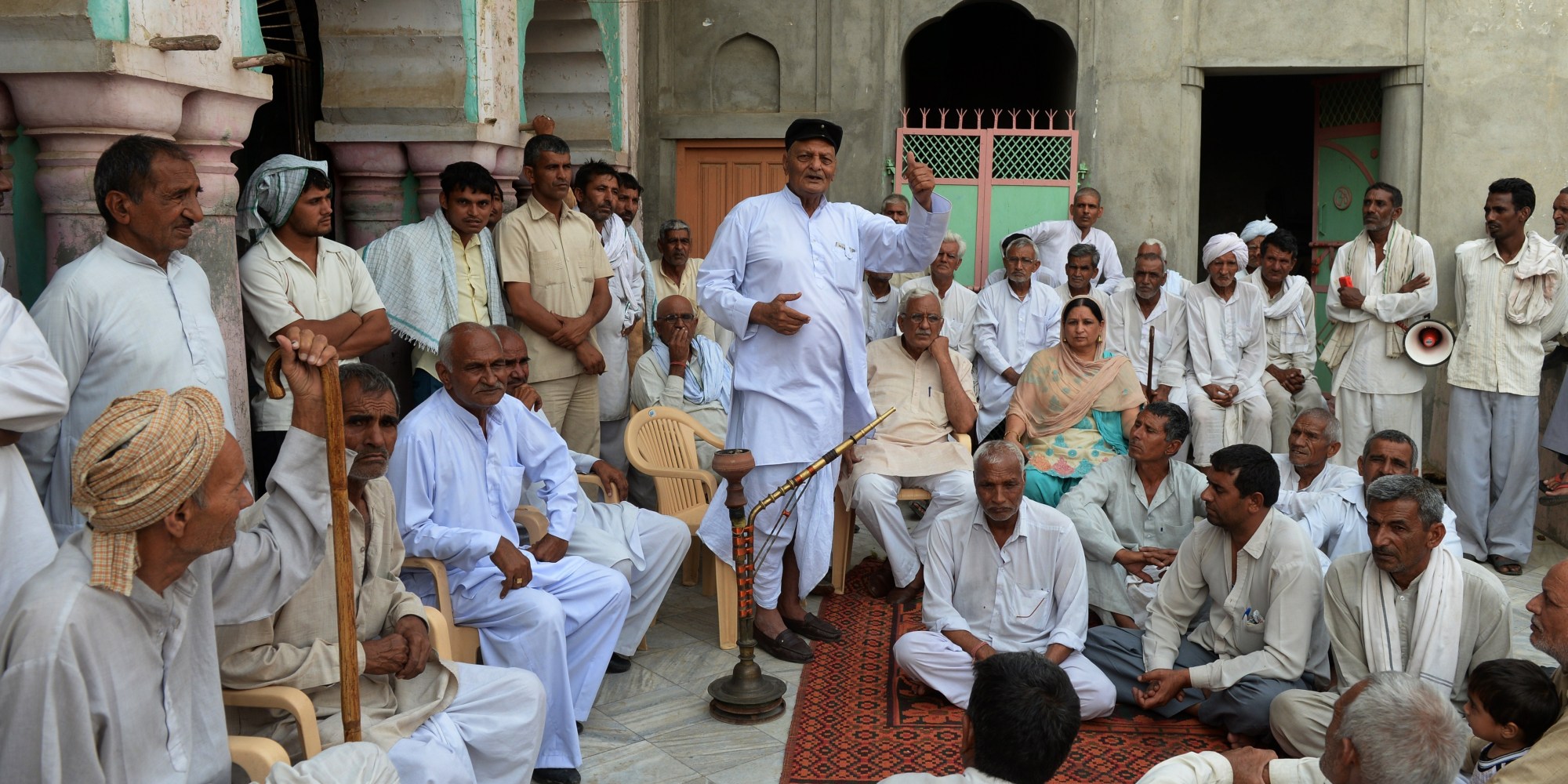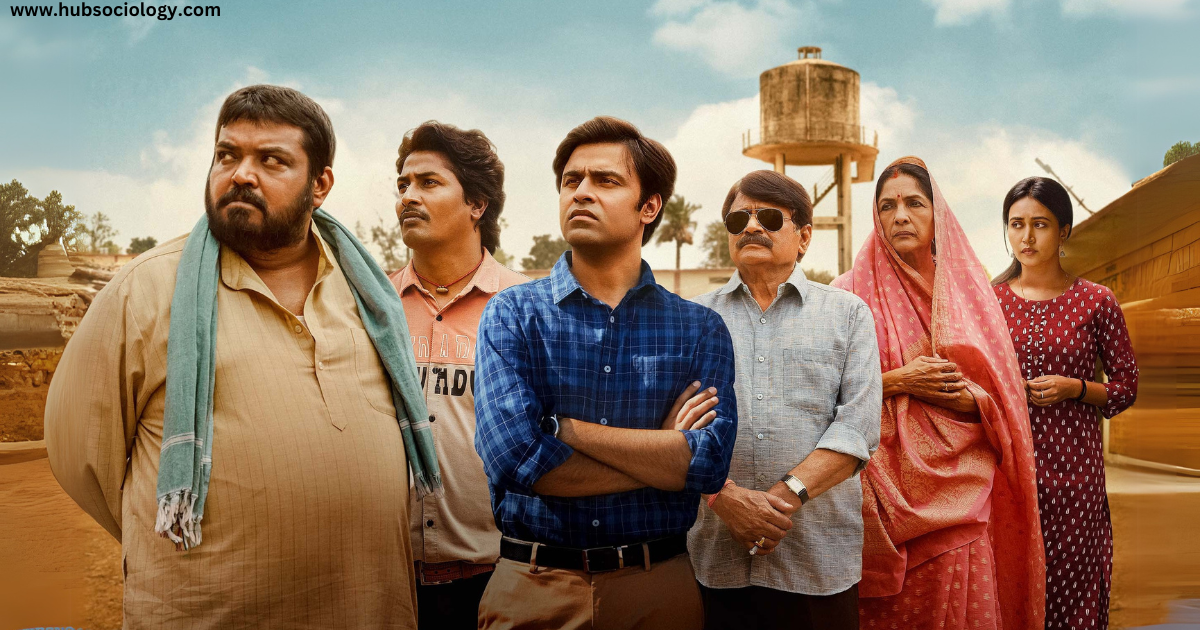The village panchayat, a traditional system of local self-governance in India, has been a cornerstone of rural society for centuries. Rooted in ancient traditions and codified in modern legal frameworks, the panchayat system represents a unique blend of historical continuity and contemporary adaptation. From a sociological perspective, the village panchayat is not merely an administrative body but a microcosm of rural social structure, power dynamics, and community life. This article explores the village panchayat in India, examining its historical evolution, social functions, power structures, and its role in shaping rural development and democracy.

Historical Evolution of the Village Panchayat
The concept of the panchayat dates back to ancient India, where it was a decentralized form of governance that operated at the village level. Derived from the Sanskrit words “panch” (five) and “ayat” (assembly), the panchayat traditionally consisted of five respected elders who made decisions on local disputes, resource allocation, and community welfare. This system was deeply embedded in the agrarian economy and caste-based social structure of rural India.
During the colonial period, the panchayat system faced significant disruption. The British administration centralized governance and introduced a bureaucratic system that marginalized traditional village institutions. However, the panchayat system persisted in various forms, adapting to the changing socio-political landscape.
Post-independence, the Indian government recognized the importance of reviving and institutionalizing the panchayat system to promote grassroots democracy and rural development. The Constitution of India, through the 73rd Amendment Act of 1992, formally established the panchayati raj system, a three-tier structure of local self-governance at the village, block, and district levels. This marked a significant shift in the sociological and political significance of the village panchayat, transforming it into a formal institution of democratic governance.
Social Functions of the Village Panchayat
From a sociological perspective, the village panchayat serves multiple functions that extend beyond its administrative role. It acts as a mediator of social relations, a custodian of local traditions, and a platform for collective decision-making. Some of its key social functions include:
- Conflict Resolution: The panchayat plays a crucial role in resolving disputes within the village, ranging from land conflicts to family quarrels. Its decisions are often based on local customs and norms, making it a culturally relevant institution for conflict resolution.
- Social Cohesion: By bringing together members of the community to discuss and decide on local issues, the panchayat fosters a sense of belonging and collective identity. It strengthens social bonds and promotes solidarity among villagers.
- Preservation of Traditions: The panchayat often acts as a guardian of local customs, rituals, and traditions. It ensures that cultural practices are preserved and passed down through generations.
- Resource Management: The panchayat is responsible for managing common resources such as water, forests, and grazing lands. Its role in resource allocation reflects the interdependence of rural communities and their reliance on shared resources.
- Empowerment and Inclusion: The panchayat provides a platform for marginalized groups, including women, Scheduled Castes (SCs), and Scheduled Tribes (STs), to participate in decision-making processes. This has significant implications for social equity and inclusion.
Power Dynamics in the Village Panchayat
The village panchayat is not immune to the power dynamics that characterize rural society. Caste, class, gender, and political affiliations often influence the functioning of the panchayat, shaping its decisions and outcomes. Sociologically, the panchayat can be seen as a site of contestation and negotiation, where different social groups vie for influence and control.
- Caste and Hierarchy: In many villages, the panchayat is dominated by upper-caste members who wield significant influence over decision-making. This reflects the broader caste-based hierarchy that pervades rural society. However, the reservation system introduced by the 73rd Amendment has provided opportunities for lower-caste individuals to assume leadership roles, challenging traditional power structures.
- Gender and Patriarchy: Despite constitutional provisions for women’s representation, the panchayat often remains a male-dominated space. Women representatives, particularly in conservative regions, may face resistance and marginalization. However, the presence of women in panchayats has also led to significant changes in local governance, with a greater focus on issues such as education, health, and sanitation.
- Political Influence: Political parties and external actors often seek to influence panchayat elections and decisions. This can undermine the autonomy of the panchayat and shift its focus from local development to political agendas.
- Economic Disparities: Economic inequalities within the village can also affect the functioning of the panchayat. Wealthier individuals or families may exert greater influence, while poorer sections of the community may struggle to have their voices heard.
The Panchayat and Rural Development
The village panchayat plays a pivotal role in rural development, acting as a bridge between the government and the community. It is responsible for implementing various development programs and schemes, ranging from infrastructure projects to social welfare initiatives. From a sociological perspective, the panchayat’s role in development is closely linked to its ability to mobilize resources, foster collective action, and address local needs.

- Grassroots Planning: The panchayat is involved in the planning and execution of development projects at the village level. This participatory approach ensures that development initiatives are aligned with the needs and priorities of the community.
- Service Delivery: The panchayat is responsible for delivering essential services such as healthcare, education, and sanitation. Its effectiveness in service delivery has a direct impact on the quality of life in rural areas.
- Empowerment through Participation: By involving villagers in decision-making processes, the panchayat empowers them to take ownership of their development. This participatory model fosters a sense of agency and accountability.
- Challenges in Development: Despite its potential, the panchayat faces numerous challenges in promoting rural development. These include limited financial resources, bureaucratic hurdles, and social inequalities that hinder inclusive growth.
The Panchayat and Democracy
The village panchayat is often regarded as the foundation of Indian democracy. It brings democratic governance to the grassroots level, enabling citizens to participate in the political process and hold their leaders accountable. Sociologically, the panchayat represents a space where democratic ideals are negotiated and enacted in the context of local realities.
- Decentralization of Power: The panchayat system decentralizes power, shifting decision-making authority from the state to the village level. This democratization of governance empowers local communities and promotes transparency.
- Political Socialization: The panchayat serves as a training ground for political participation, particularly for marginalized groups. It provides opportunities for individuals to develop leadership skills and engage in democratic processes.
- Accountability and Transparency: The panchayat is accountable to the villagers, who can vote out ineffective or corrupt representatives. This accountability mechanism strengthens democratic governance at the grassroots level.
- Limitations of Democracy: While the panchayat system has democratized rural governance, it is not without its limitations. Issues such as caste-based discrimination, political interference, and low levels of awareness among villagers can undermine its democratic potential.
Conclusion
The village panchayat in India is a multifaceted institution that reflects the complexities of rural society. It is deeply embedded in the social, cultural, and political fabric of rural life, serving as a mediator of social relations, a promoter of development, and a vehicle for democratic governance. From a sociological perspective, the panchayat is both a product of and a response to the dynamics of rural society, embodying the tensions and possibilities of social change.
While the panchayat system has made significant strides in promoting grassroots democracy and rural development, it continues to face challenges rooted in social inequalities and structural constraints. Addressing these challenges requires a nuanced understanding of the panchayat’s role in shaping rural society and a commitment to strengthening its capacity for inclusive and equitable governance. As India continues to evolve, the village panchayat remains a vital institution for fostering social cohesion, empowering marginalized communities, and building a more democratic and just society.
Topic Related Questions
5 Marks Questions
- Define the village panchayat and explain its historical significance in India.
- What are the key functions of a village panchayat in rural society?
- How does the village panchayat contribute to conflict resolution in rural areas?
- Explain the role of the 73rd Amendment Act in the establishment of the panchayati raj system.
- What is the significance of women’s reservation in village panchayats?
- How does the caste system influence the functioning of village panchayats?
- What are the challenges faced by village panchayats in resource management?
- How does the village panchayat promote social cohesion in rural communities?
- What role does the village panchayat play in preserving local traditions and customs?
- How does the panchayat system empower marginalized groups in rural India?
10 Marks Questions
- Discuss the sociological significance of the village panchayat in rural India.
- Analyze the impact of the 73rd Amendment Act on the functioning of village panchayats.
- Examine the role of the village panchayat in promoting grassroots democracy.
- How does the village panchayat address issues of social inequality and inclusion?
- Discuss the challenges faced by women representatives in village panchayats.
- Evaluate the role of the village panchayat in rural development and service delivery.
- How does the panchayat system reflect the power dynamics of rural society?
- Discuss the role of the village panchayat in managing common resources like water and forests.
- How does the village panchayat contribute to political socialization in rural areas?
- Analyze the role of the panchayat in resolving disputes and maintaining social harmony in villages.
15 Marks Questions
- Critically examine the role of the village panchayat in promoting rural development and social change.
- Discuss the impact of caste and gender dynamics on the functioning of village panchayats in India.
- Evaluate the effectiveness of the panchayati raj system in decentralizing power and promoting grassroots democracy.
- How does the village panchayat act as a mediator between tradition and modernity in rural India?
- Analyze the challenges and opportunities faced by village panchayats in implementing development programs.
- Discuss the role of the village panchayat in fostering social cohesion and collective action in rural communities.
- Critically assess the role of the panchayat system in addressing the needs of marginalized groups in rural India.
- How does the village panchayat contribute to the preservation of local culture and traditions?
- Examine the role of the village panchayat in conflict resolution and maintaining social order in rural areas.
- Discuss the role of the panchayat system in strengthening democratic governance at the grassroots level in India.

2 thoughts on “Village Panchayat in Rural India with 30 Important Questions”